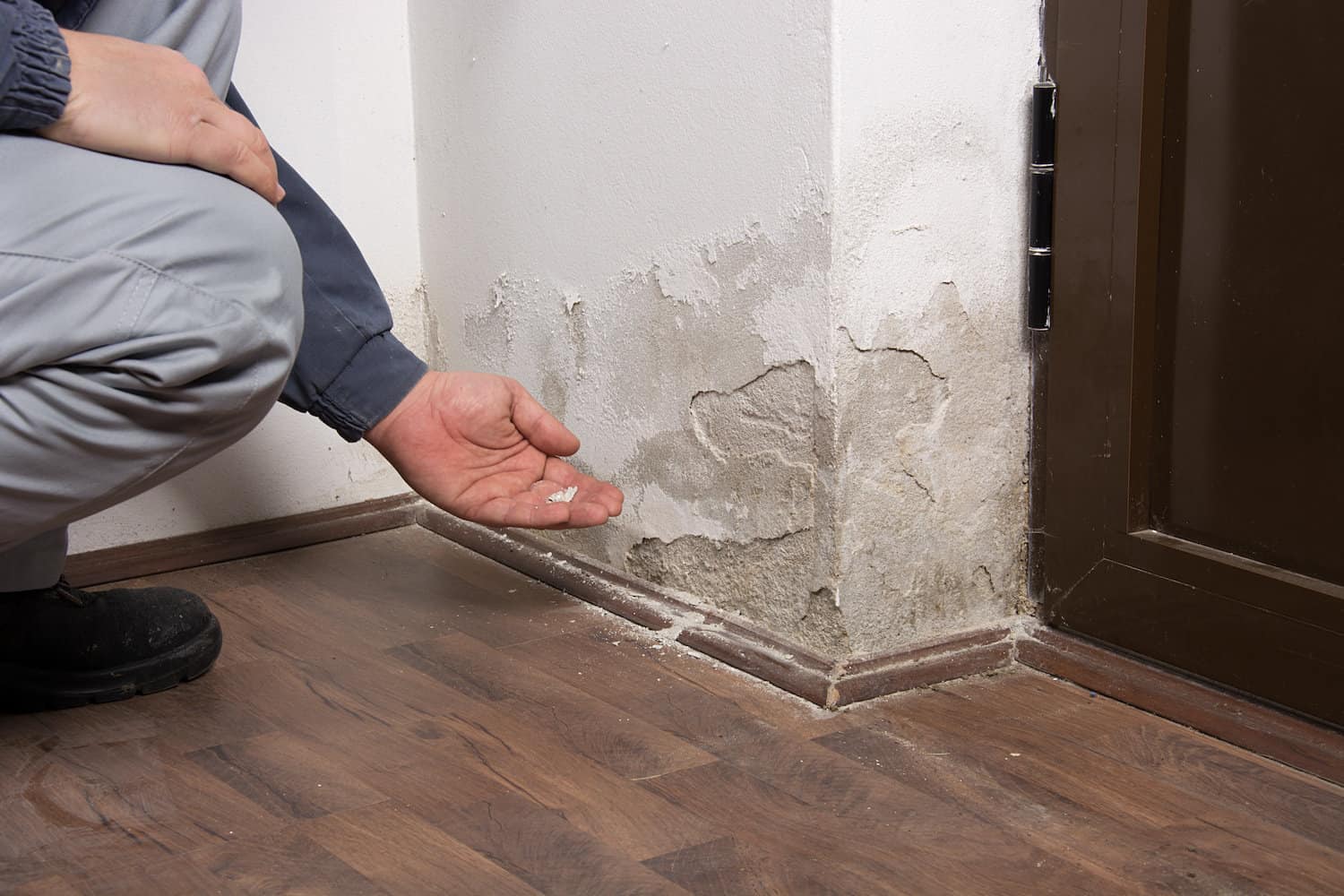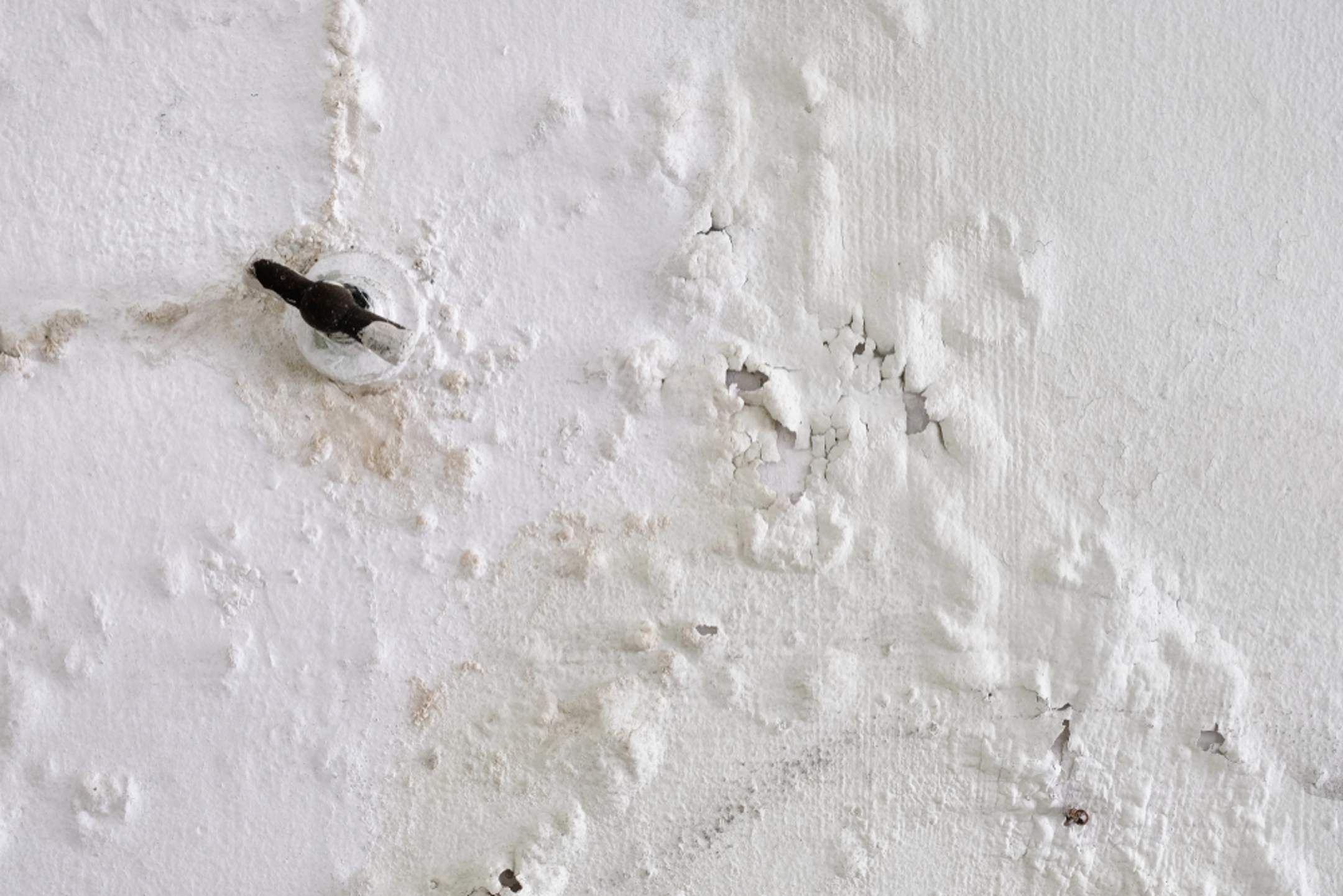The Process of Water Damage Cleanup: Guaranteeing Your Home Is Recovered Properly
Water damages can be a daunting challenge for homeowners, requiring a thorough and structured clean-up procedure to bring back safety and security and capability. A thorough assessment is essential to recognize the level of the damages and establish the appropriate remediation measures. Following this, efficient water extraction strategies play a crucial role in reducing further harm. Nevertheless, the nuances of drying out, disinfecting, and ultimate restoration are just as essential and frequently forgotten. Understanding these stages can make a substantial difference in the end result of your home's remediation, motivating a closer consider what each action requires.
Examining the Damages
Upon discovering water damage, the primary step is to completely examine the level of the effect. This initial analysis is crucial, as it aids figure out the necessary steps for efficient cleanup and remediation. Begin by inspecting the impacted locations, including wall surfaces, ceilings, floors, and personal items, to determine the resource of the water invasion, whether from flooding, leakages, or condensation.
Recording the damage is vital for both insurance cases and planning remediation initiatives - damage restoration services. Use photos and created notes to catch the intensity of the damages, keeping in mind any type of afflicted structural elements and materials. Pay unique focus to locations that may not be promptly visible, such as behind wall surfaces and under carpetings, as hidden dampness can result in further problems, including mold development
Additionally, evaluate the timeline of the water direct exposure. The longer the materials remain damp, the higher the potential for damages. Recognizing the duration of direct exposure will certainly inform the urgency of removal efforts. Inevitably, a thorough evaluation prepares for an effective water damage cleaning process, guaranteeing that all affected locations are dealt with efficiently and extensively.
Water Removal Methods

Professionals typically use submersible pumps for larger quantities of water, which can swiftly reduce flooding in basements or various other influenced locations. For smaller sized quantities, wet/dry vacuums are typically made use of to remove recurring moisture from carpets and hard surfaces. Furthermore, utilizing mobile extractors enables targeted elimination in constrained spaces or areas with delicate materials.
In circumstances of contaminated water, such as sewage or floodwater, progressed extraction strategies might include using biohazard tools to make sure security and conformity with wellness regulations. High-powered extraction tools are vital in minimizing water retention in structural materials, which can cause mold and mildew growth and structural degeneration otherwise dealt with immediately.
Inevitably, the effectiveness of water extraction methods plays an essential duty in the general success of the water damages cleanup process, laying the foundation for succeeding repair initiatives.
Drying and Dehumidification
When standing water has been efficiently extracted, the next critical stage in the water damages clean-up procedure is drying out and dehumidification. This step is vital to avoid further damages and mold development, which can take place within 24 to two days in damp settings.
To attain efficient drying, customized devices such as industrial-grade air movers and dehumidifiers is employed. Air moving companies flow air throughout wet surface areas, enhancing dissipation prices, while dehumidifiers reduce moisture my link levels airborne, promoting a helpful atmosphere for drying. The mix of these tools makes certain that wetness is extracted from home furnishings, wall surfaces, and floors, allowing them to dry extensively.
It is necessary to keep an eye on the drying procedure carefully. Professionals commonly use moisture meters to analyze the dampness material in various materials, ensuring that all influenced areas get to appropriate dryness levels. This meticulous approach aids to avoid surprise moisture pockets that could cause architectural flood water cleanup damages or unhealthy mold development.

Cleansing and Sanitizing
After the drying and dehumidification phase is total, the following essential step in water damage clean-up is cleaning up and disinfecting the influenced locations. This process is important to stop the development of mold, germs, and other virus that flourish in wet settings.
The cleansing stage normally includes eliminating any type of debris, dirt, and contaminants from surface areas making use of specialized cleansing representatives. For difficult surfaces, a combination of soap and water or commercial cleansing items is usually used. Soft materials, such as furniture and rugs, may require more substantial cleansing techniques, consisting of heavy steam cleaning or deep extraction techniques, to guarantee complete cleanliness.

Sanitizing adheres to cleaning, making use of EPA-approved anti-bacterials to eliminate harmful microbes. This step is essential, specifically in locations that may have entered contact with floodwaters or sewer, as these sources can posture severe health threats.
Additionally, it is vital to deal with any kind of staying odors, which may call for making use of smell neutralizers or advanced strategies like ozone treatment. Appropriate cleansing and sterilizing not just bring back the safety and hygiene of your home yet also lay the foundation for their website effective repair and repairs in subsequent phases of the water damage clean-up procedure.
Remediation and Repair Services

Once the assessment is complete, remediation efforts can begin. This normally entails fixing or changing damaged materials, making sure that all work adheres to local building regulations and standards. For circumstances, if drywall has been compromised, it will certainly need to be removed and replaced with new material. Additionally, floor covering might call for comparable interest, depending upon the level of water exposure.
It is vital to involve knowledgeable remediation professionals throughout this procedure, as they possess the knowledge to deal with complex repair work effectively. They can aid mitigate potential future concerns, such as mold and mildew growth or structural instability, hence ensuring a secure and habitable living environment. Ultimately, efficient restoration and fixings bring back the home's honesty and enhance its total value.
Final Thought
To conclude, the procedure of water damages clean-up is crucial for recovering a home to its pre-damage problem. Each stage, from examining the damages to executing reliable water extraction methods, adhered to by complete drying out, sanitizing, and needed repairs, plays a crucial role in making sure safety and security and compliance with building criteria. Reliable execution of these steps not just minimizes immediate damage however also enhances the long-lasting honesty and worth of the property.
Water damages can be a challenging difficulty for property owners, requiring a structured and precise cleaning procedure to recover safety and performance. Ultimately, a detailed analysis lays the groundwork for a successful water damage cleaning procedure, guaranteeing that all impacted areas are attended to properly and extensively.
Reliable water removal strategies are important in reducing damage and protecting against more issues complying with a water intrusion occasion.In final thought, the procedure of water damage cleanup is critical for recovering a home to its pre-damage problem. Each phase, from evaluating the damage to carrying out effective water removal strategies, complied with by thorough drying out, sterilizing, and necessary repairs, plays a necessary role in ensuring security and compliance with structure standards.